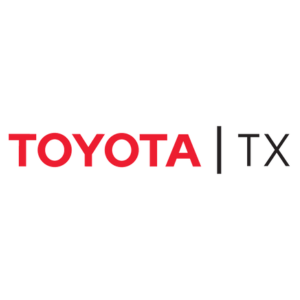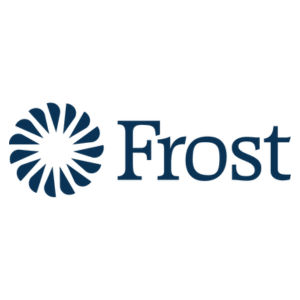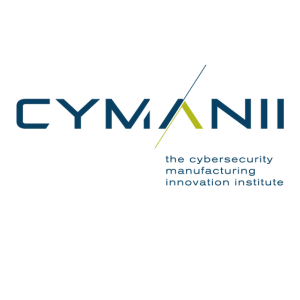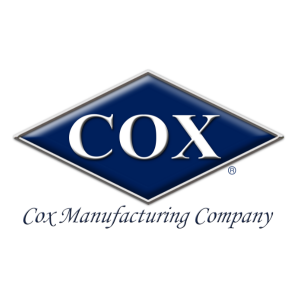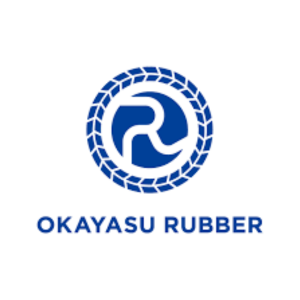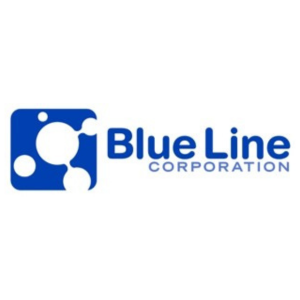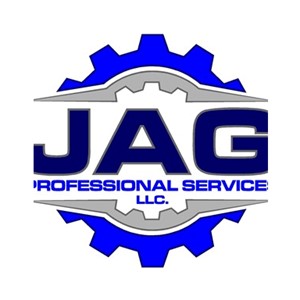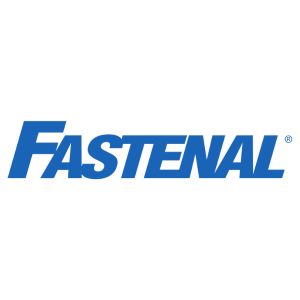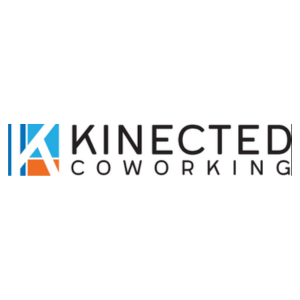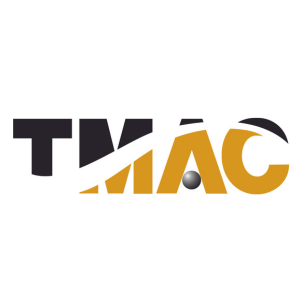SIG Presentation - Beyond the Protest: Strategic Property Tax Planning f...
View EventSAMA is a membership-driven organization, representing more than 400 businesses in Transportation, Aerospace Equipment and Metal Products, Diversified Products, Materials & Electricity and the companies supporting them. SAMA is one of the largest and most active manufacturing associations in the state.
Our Mission
The San Antonio Manufacturers Association is the voice of and advocate for the manufacturing industry in the greater San Antonio metropolitan area. On their behalf, SAMA influences public policy and regulatory matters affecting manufacturing and guides the education and training of future generations of manufacturers. SAMA facilitates the sharing of best known practices, workforce development and business opportunities while fostering relationships for the benefit of its members.



